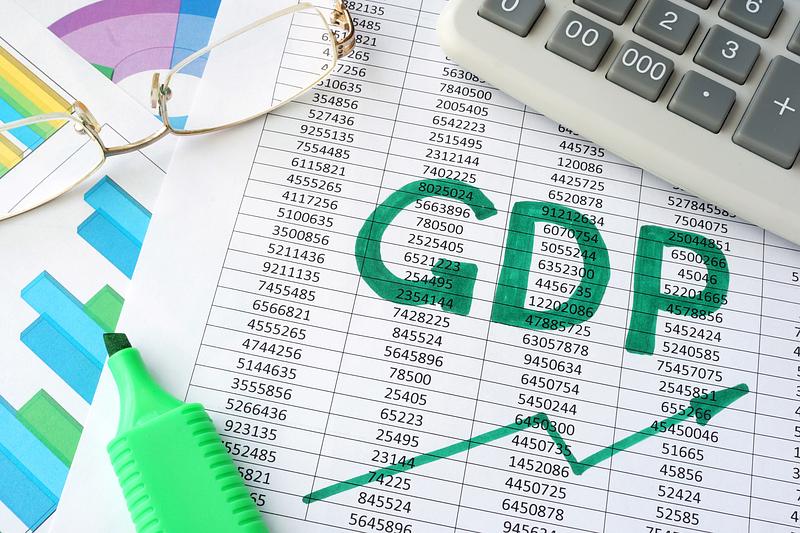Romania’s GDP up 2.1% in 2023, powered by construction, IT&C and agriculture



Romania’s economy advanced by 1.1% y/y in the last quarter of 2023 and, in seasonally adjusted terms, edged down by 0.5% q/q, Romania’s statistics office INS announced on March 8, revising slightly upwards the annual increase from 1.0% reported under the flash estimate and also altering the seasonally q/q profile.
In 2023, the country’s GDP increased by 2.1% y/y, compared to +2.0% y/y under the flash estimate.
The statistics office clarified its methodology and published the full set of data behind it, but its press release remains slightly misleading: it still points to the 3.0% y/y GDP advance in Q4 calculated under the old methodology instead of 1.1% y/y under the new methodology.
The new methodology is based on the chain-linked volume technique (with the reference year 2020), while the old methodology uses fixed-base indices (with the base year 2020, currently). The difference between the two methodologies is that the old one uses the structure of the economy as of the base year (2020) to calculate GDP changes starting from the change of its smaller segments – while the new methodology is constantly updating (on an annual basis) the structure of the economy The IMF is recommending the new methodology used by INS and the migration initiated by the Romanian statistics office is an improvement, although it prompted some confusion among analysts in February after the transition was insufficiently prepared during the seasons holiday.
“Chaining also avoids the need for re-weighting price and volume series when the base year is updated every five or ten years, which usually generates large revisions in the history of price and volume developments,” IMF explains.
Speaking of the 2.1% y/y GDP growth in 2023, the sector of constructions increased by 11% y/y (in gross value-added terms) and contributed 0.8 percentage points (pp) – the largest single individual contribution of a sector. The IT&C sector advanced by 5.1% y/y and contributed another 0.3pp. The agriculture advanced another 0.4pp thanks to its 10.2% y/y advance. Industry made a negative 0.5pp contribution due to its 2.3% y/y contraction in value-added terms.
On the utilization (demand) side, the consumption advanced by 2.9% y/y, whereas the gross fox capital formation increased by 12% y/y. Their overall contributions to the GDP growth were not that different, though: 2.3pp and 2.9pp, respectively. The domestic demand thus surged more than the GDP creation – with the difference being provided not by the foreign trade elements (more resources from abroad) but by the decrease in inventory. The foreign trade had a neutral contribution (+0pp) to the GDP dynamics in 2023.
(Photo: Designer491/ Dreamstime)
iulian@romania-insider.com